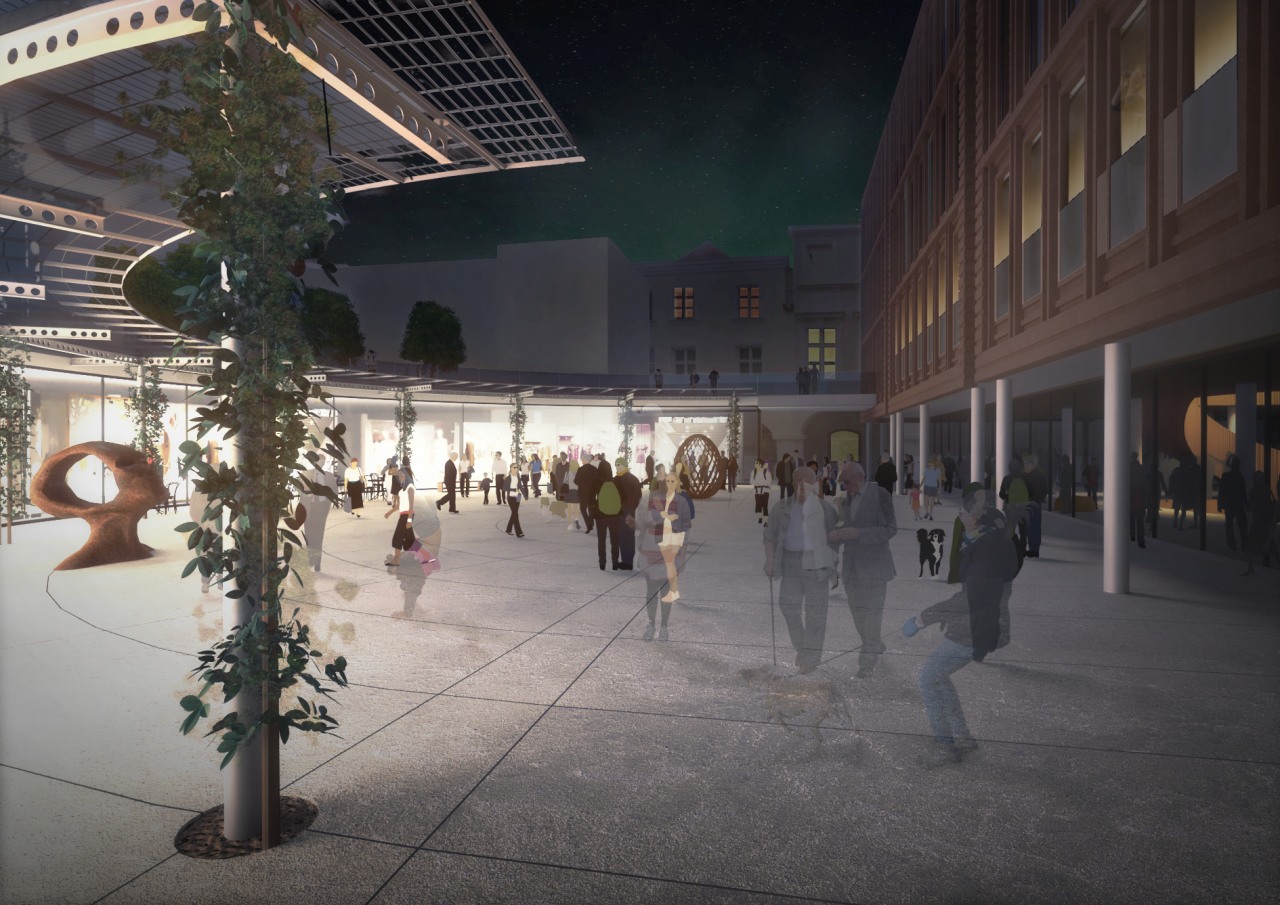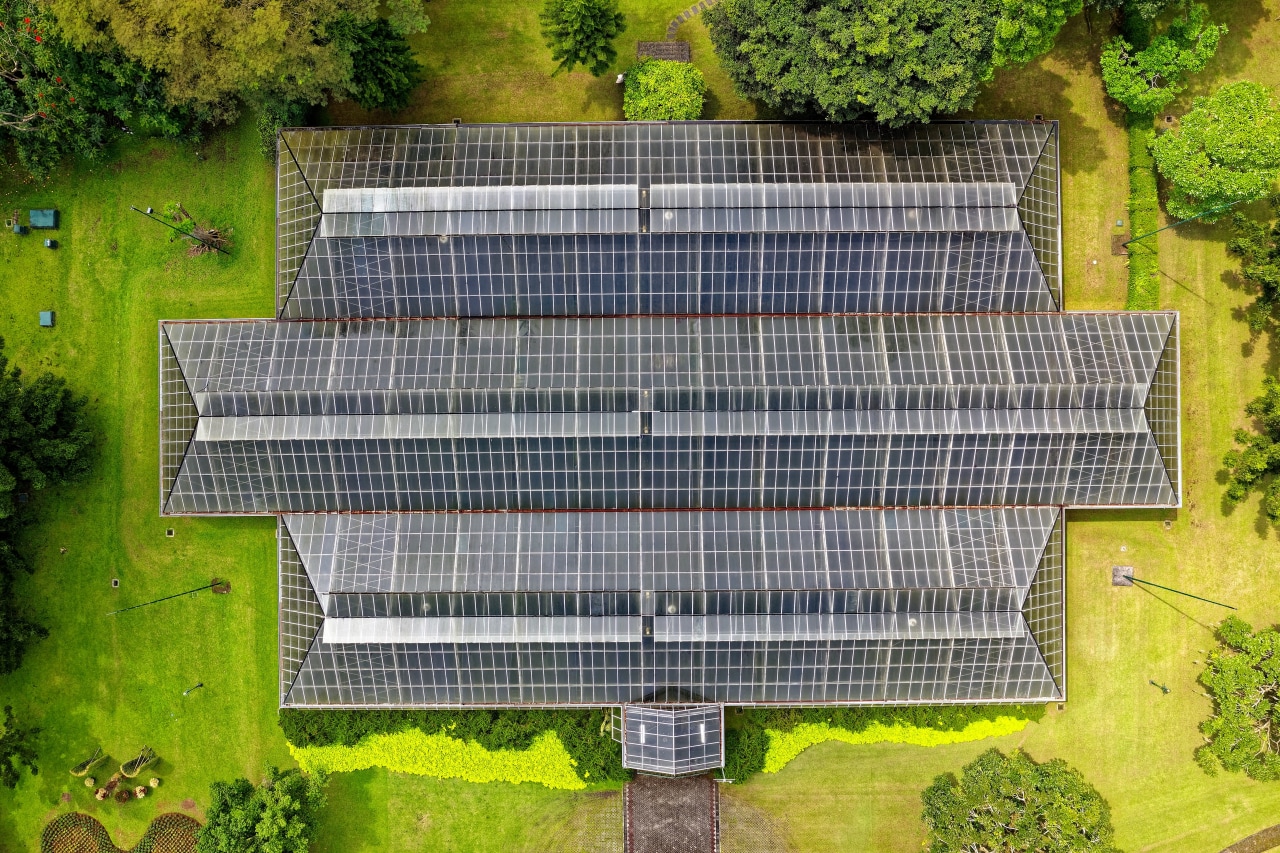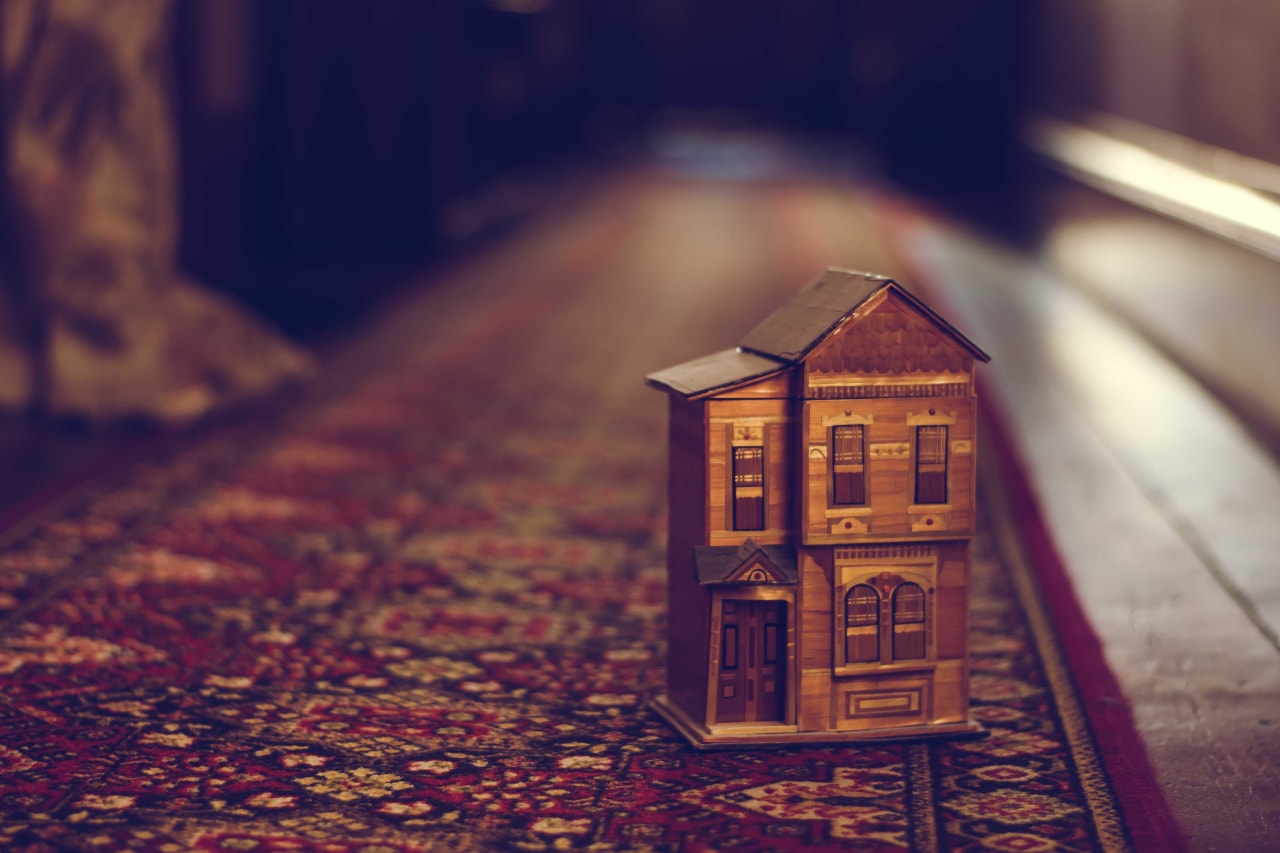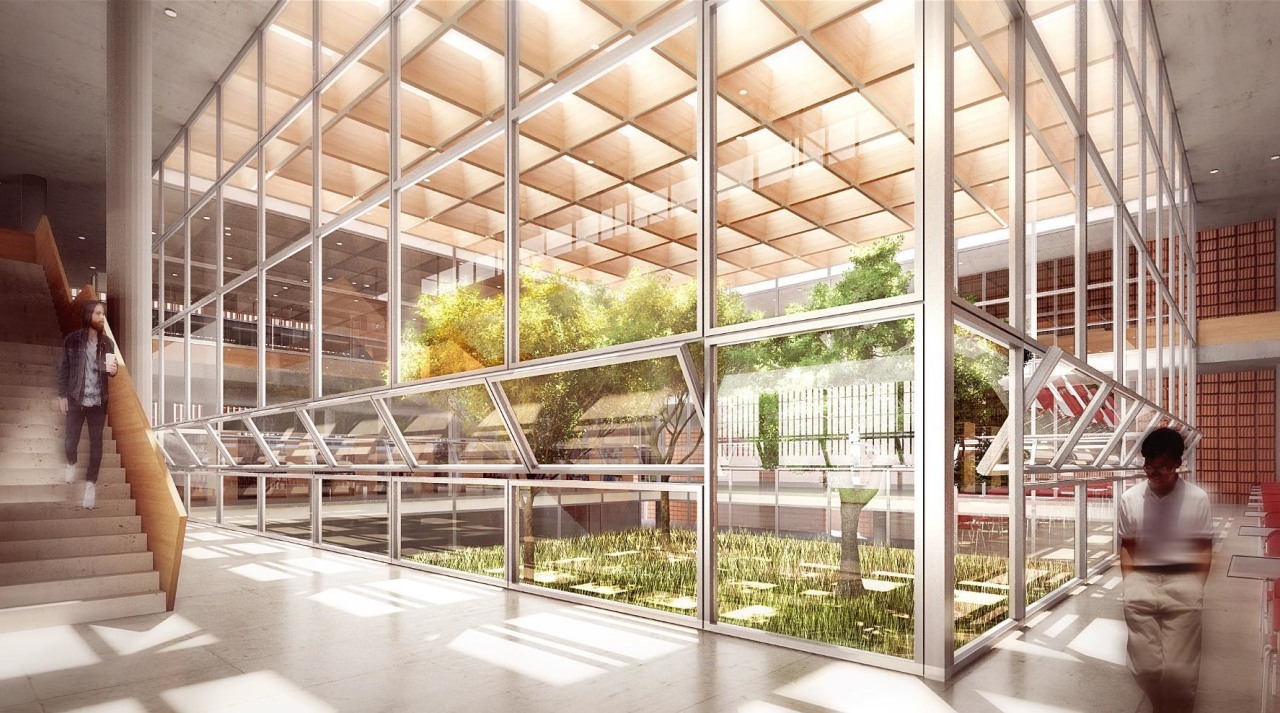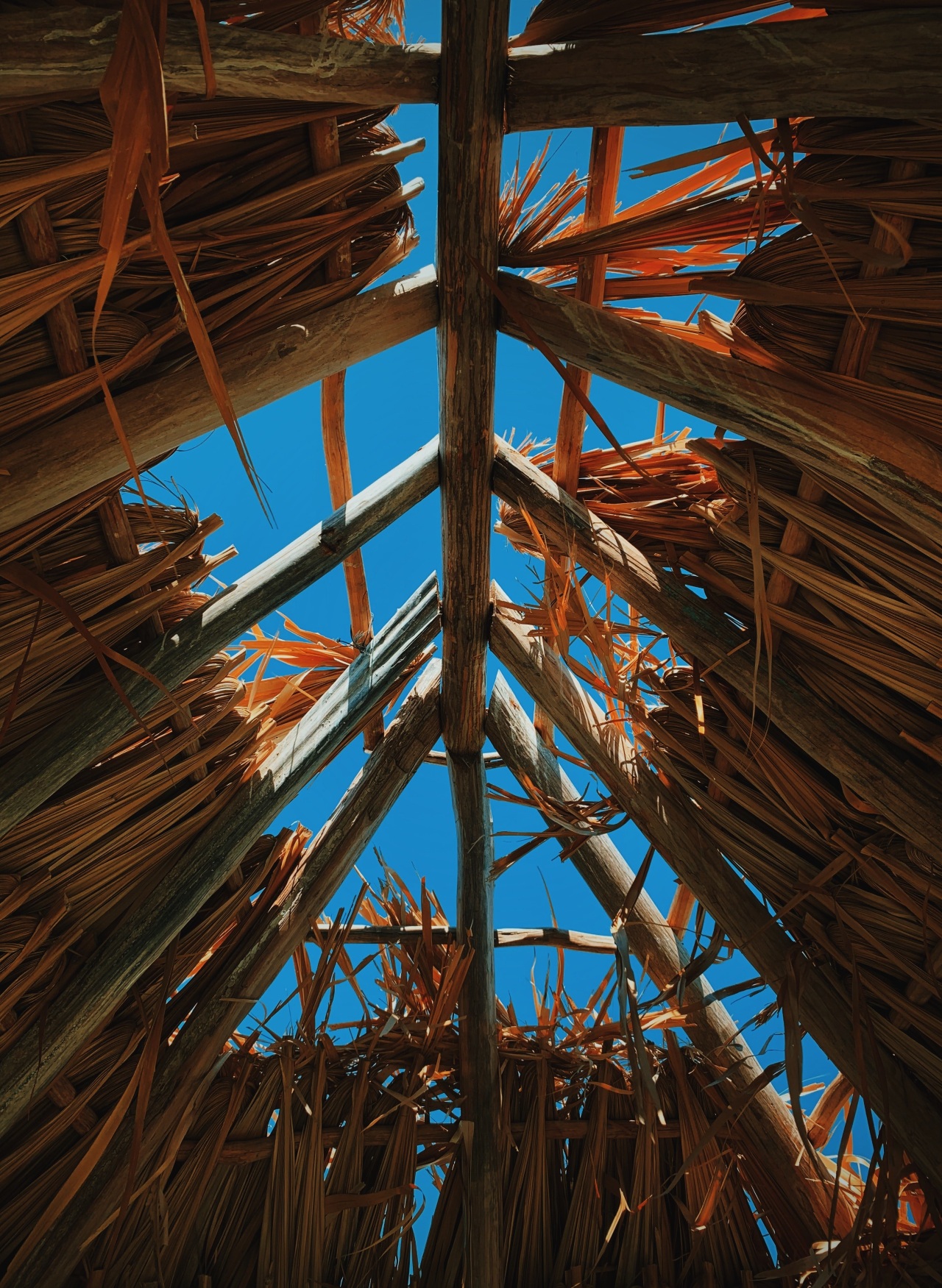The shape of things to come
It's the 2020s and the world's in flux in many ways. So how about in the realm of architecture? RMJM – one of the world's largest architecture and design networks – is well placed to ring-in, or at least predict, changes that might be a-coming
Blog from RMJM
The virtual reality takeover: from conception to construction
VR has been on the periphery of design industries for several years now, but as costs fall it has taken on a far more central role. VR enables architects to achieve new levels of attention to detail and it offers opportunities for clients to experience the spatial relationships of designs, months and years before construction ends.
Architects are moving out of the studio and on to the construction site
With the increased focus on sustainability among young architects, the relationship between architect and construction site is once again pulling architects away from the studio and into the heart of a build.
Natural-disaster-proof design
One of the harsh realities of climate change is an increase in natural disasters. Hurricanes, tsunamis, and earthquakes all pose a threat to infrastructure and built environments. While the costs of the technologies and materials required may have stunted the construction of such designs in previous years, as the chance of natural disasters increases we are likely to see a rise in natural-disaster-proof design too.
Design will become even more collaborative
With the rise in popularity of Positive Impact Architecture, we are going to see scientists, anthropologists, environmentalists, and other professionals advise and collaborate on designs to ensure that they do not only function in isolation but as part of their wider community.
Smart home technology
Brands such as Hive, Amazon Echo and Google Nest have spent the last decade working on making home automation available and affordable to the general public. As people embrace the Smart Home life, architects will need to work out how to integrate these systems into their designs. One of the most interesting uses of Smart Home technology is likely to be within the hospitality industry as it will enable a long-term reduction in energy consumption as room-by-room programming enables greater energy efficiency.
Renewed focus on public spaces
Many of the trends in this article link to sustainability and this trend is no different. The hope is that, by creating beautiful public spaces, architects are encouraging people to reevaluate their relationships with the natural world around them.
The kitchen Is king
In residential projects, the kitchen is taking back its position as the central hub of the household. Changes in social expectations on gendered roles within the home have propelled cooking to a popular family activity and with this is the need for kitchen space that can accommodate everyone.
Vertical villages are on the up
Self-contained communities can provide everything a person might need without ever having to leave the building. They might sound like something out of a sci-fi novel but they are an ever-nearing reality as land becomes scarce. Vertical villages like Crosstown Concourse in Memphis, Tennessee are likely to become a more common occurrence in client design briefs.
Prefab is back
As governments make pledges to act on rising global homelessness, we have seen an increase in the demand for low-cost modular housing units. Prefabricated modular homes were particularly popular in the aftermath of the Second World War and are witnessing renewed interest as the 2010s draw to a close.
Passive buildings
Increasing collaboration between architects and scientists has enabled the development of passive houses. These properties save both money and energy while also reducing greenhouse gases. It is unsurprising that 2020 marks the European Parliament’s deadline after which all new builds had to offer near net-zero carbon emissions.
Refurbish and reform
With construction contributing almost 40% of worldwide carbon emissions, refurbishing old properties is becoming a fashionable and sustainable way for the construction industry to reduce its carbon footprint.
Tiny spaces are a big deal
With increasingly overcrowded cities and a growing rejection of materialism, quality over quantity is the latest approach to square-footage. Ingenuitive innovations that enable people to use as much space as possible are in high demand. Fold-away staircases, moving walls, and hidden storage are just the beginning of the tiny space revolution!
Accessible architecture
Universal Design theory is becoming more prevalent, encouraging architects to create not for the average individual, but for as many individuals as possible. Wheelchair access, alternatives to stairs, widened doors and hallways and slip-resistant surfaces are a few ways that architectural design is embracing accessibility.
Blurring indoor and outdoor
The latest trend in indoor-outdoor living is blending the barriers between the two. People are bringing the outdoors in, and the indoors out. Creating indoor biospheres brings nature into the home or the workplace while introducing materials such as wood and glass blur the distinction between the two spaces.
Open plan becomes multipurpose
Living spaces, commercial spaces, and public spaces are evolving from open-plan to multipurpose. As we become less structured with how we use the space around us, designs are having to become more flexible to address these changes.
Sustainability
Nearly all developments are now expected to contribute to sustainable living. It is no longer enough for projects to reduce their environmental impact, there is now a growing demand for buildings that actively improve the environment around them. Bosco Verticale in Milan, Italy has been an ambitious venture into architectural biodiversity which is likely to further inspire architects over the next decade.
Monochrome makes a move
Bringing the focus back to interiors, many designers are playing with monochrome right now. Achromatic, neutral tones such as gainsboro grey feature in living rooms and office spaces while slate and charcoal grey reflect precision and power in kitchens and meeting rooms.
Residential takes on an industrial aesthetic
Interior design will be continuing a recent trend of embracing industrial aesthetics within residential developments. Exposed brick walls are a common feature, as is the use of wood, iron, and aluminium.
Technology takes on construction
We have already mentioned how VR is being integrated into construction, but that is merely the tip of the construction-tech iceberg. Wearable sensors and cameras combined with 3D rendering enabled real-time status reporting. AI and machine learning are becoming the linchpin for site management as they categorise data in a fraction of the time it would take for a human operator. Drones have also become a staple of the construction site, saving time and improving safety as technicians can stay on the ground rather than climbing scaffold and navigating the possible hazards associated with a live construction site. The 2020s are likely to see even more technology integrated into day-to-day operations.
Local materials and methods take centre stage
Following the overarching trend towards emphasising ecological awareness, we are seeing a shift towards sourcing local materials and embracing local construction techniques as a way to offer more sustainable and affordable projects.
Story by: Trendsideas
Home kitchen bathroom commercial design
Connected to the ocean
Simplified seclusion
At one with the Amazon



